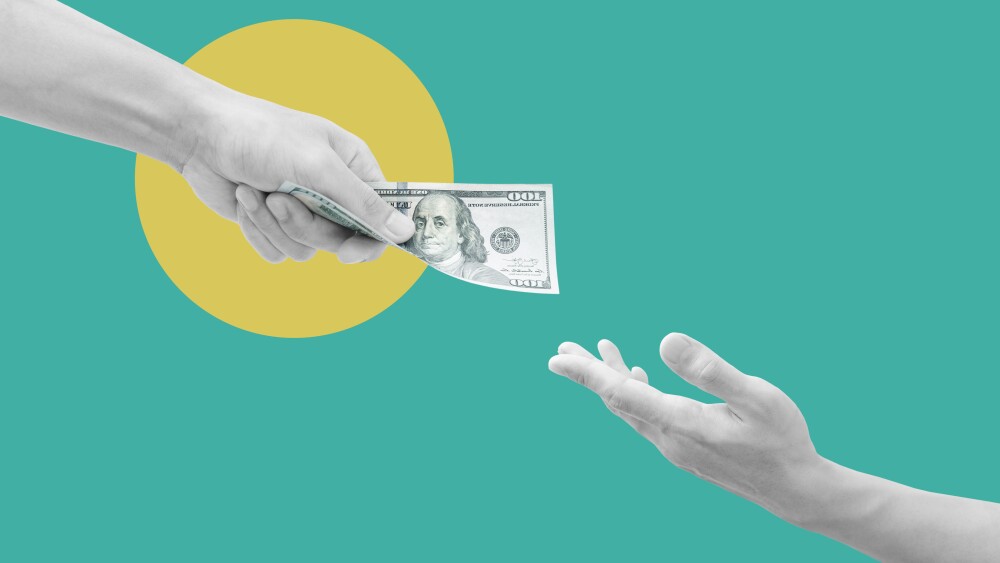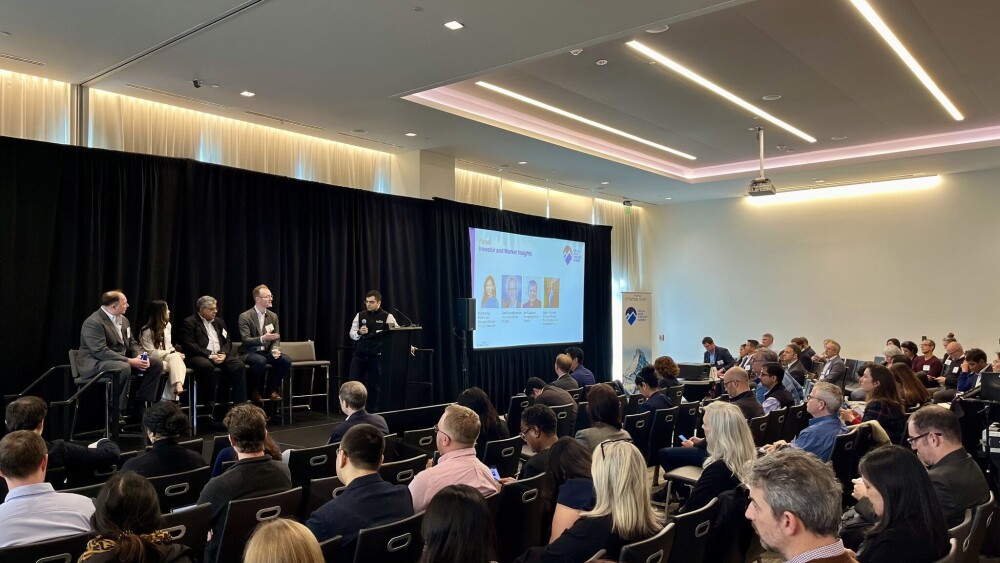We have known since early on that diabetes is a complicating risk factor for developing severe illness from the SARS-CoV-2 virus that causes COVID-19. The hypothesis is now being floated by members of the medical community that COVID-19 may cause the disease to return – or potentially a unique version of it.
Dr. Satjit Bhusri, M.D., FACC, a triple board-certified cardiologist at Upper East Side Cardiology in New York.
November is American Diabetes Month. We have known since early on that diabetes is a complicating risk factor for developing severe illness from the SARS-CoV-2 virus that causes COVID-19. The hypothesis is now being floated by prominent members of the medical community that COVID-19 may cause the disease to return – or potentially a unique version of it.
Dr. Satjit Bhusri, M.D., FACC, a triple board-certified cardiologist at Upper East Side Cardiology in New York, has a very personal understanding of, and interest in, the acute inflammatory response – or cytokine storm – that causes severe cases of COVID-19. Bhusri spent nearly a year in heart failure himself due to inflammatory cardiomyopathy, also known as myocarditis, an inflammatory response that targets the heart muscles.
Doctors gave Bhusri only a 20% chance of surviving, but survive he did, and he is now part of the global effort to contain COVID-19.
“Flash forward to this year in March, I did a five-week stint in a COVID intensive care unit. What we started seeing a lot of is that patients started developing abnormal glucose levels. Initially, this was not uncommon. We do see blood sugars go really high, go really low, when your body is fighting an active infection, but never to the extent that we saw in this disease that we’re still learning,” Bhusri said.
Bhusri explained what he believes to be the reason behind this phenomenon.
“There are two ways that I think COVID is really causing this. One is kind of like my case when I had an acute inflammatory response, and that causes disruption of those cells. So you’re seeing what’s called a cytokine storm happening. That’s actually a natural defense the body does for infection,” he said. “Secondly, we’ve seen that the virus itself is in certain organs, the heart and the cardiovascular system, the blood vessels. It actually infiltrates the cells and from that, it can dysregulate the function of those cells. So there’s a direct impact and an indirect impact of COVID as to why there is now an increase of incidence of diabetics.”
So what does diabetes have to do with the heart? There is a significant overlap, Bhusri told BioSpace.
“Based on current studies and my personal experience is that COVID-19 for some unidentifiable reason, affects the inner cells of the inner lining of the arteries…and for some reason, the virus itself and/or the inflammatory response causes a strong disruption of that lining, the inside lining of the heart,” he said.
“So what lives in the inside lining of the blood vessel? Two things: Blood clotting factors and glucose, or sugar. So patients who are pre-diabetic or at risk of diabetes, that essentially means that the lining of their vessels is starting to get glucosylated,” Bhusri said. “And generally, they become diabetics when there’s too much glucose that is not able to be absorbed from the inner lining into the body.”
Dr. Robert Eckel, President of Medicine and Science for the American Diabetes Association (ADA), agrees that there is a correlation between COVID-19 and developing diabetes, and poses an additional hypothesis.
“New-onset diabetes may follow any infection, particularly one that results in illness sufficient to cause hospitalization. This could be type 1 or type 2 diabetes. However, what may be new is a unique form of diabetes that results from the coronavirus. An international registry has been created to look at these new cases now in detail,” Eckel said.
“Infection relates to an elevation of hormones that increase insulin resistance and lead to a new diagnosis, diagnosed as elevated blood glucose (sugar). COVID-19 may also be a unique form of diabetes that also causes a reduction in insulin secretion,” he elaborated.
The CDC lists Type 2 diabetes mellitus as one of the conditions that put adults at an “increased risk of severe illness from the virus that causes COVID-19.”
“Being a diabetic makes you prone to worsening outcomes and an increased risk of developing COVID-19 from the virus,” Bhusri said. “From what I saw in personal experience if they (diabetics) developed COVID-19, they had some of the poorest outcomes identified typically by heart disease or blood clotting, and all of that comes back down to the heart vessels and the blood vessels.”
Eckel agreed that indicators point in the direction of increased risk to diabetics, saying that there is “no such evidence, but the prevalence, or percentage, of diabetes in those hospitalized with COVID-19 infection is 3 times higher than the prevalence of diabetes in the society. In addition, the outcomes are less favorable…more ICU admissions, more patients needing assisted ventilation, and higher risk of all-cause mortality.”
A study conducted in the U.K., led by Dr. Emma Barron, Head of Health Intelligence (Diabetes) at Public Health England, and Dr. Chirag Bakhai, Primary Care advisor to the NHS Diabetes Programme, assessed the risk of in-hospital death with COVID-19 between March 1 and May 11.
“The results of this nationwide analysis in England show that type 1 and type 2 diabetes were both independently associated with a significant increased odds of in-hospital death with COVID-19,” said the authors in the paper published in the Lancet.
So, what are the next steps if you contract COVID-19 and subsequently diabetes?
“The best way to treat this is frequent physician-patient follow-up and interaction, remotely, in-person. And the number one reason that we see failure of this is non-compliance in medicine,” Bhusri said. “It is highly recommended to have frequent follow-up with your internal medicine doctor. And with diabetes, it may well be likely, and I do recommend getting an endocrinologist also.”
One definitive conclusion we can draw from these experts is that this is just one more reason to wear a mask and social distance. Because as Bhusri said of his observations, “Is this a long-term thing? We don’t know. Is it a short-term thing? We don’t know.”






